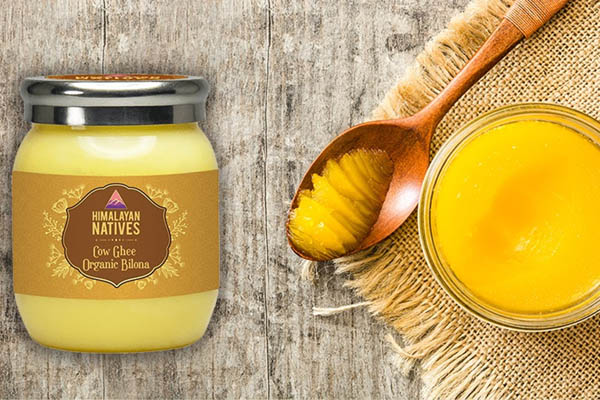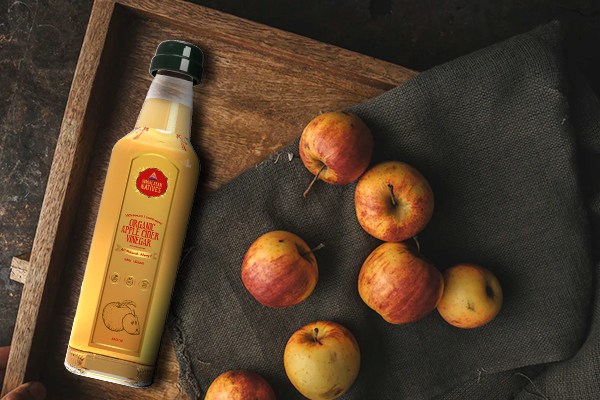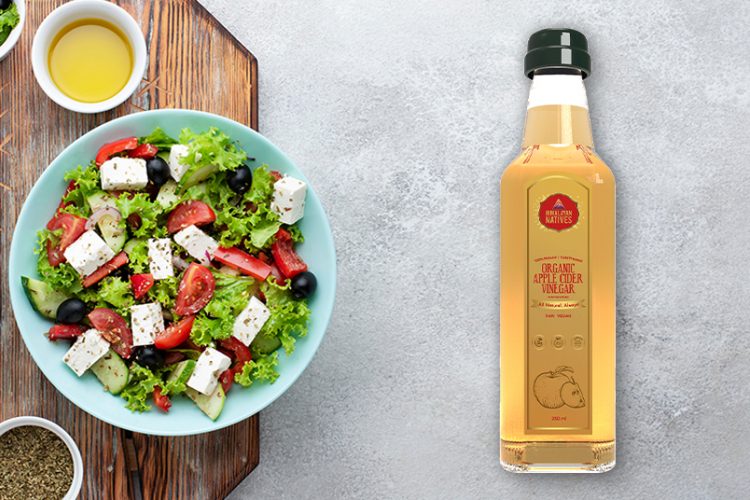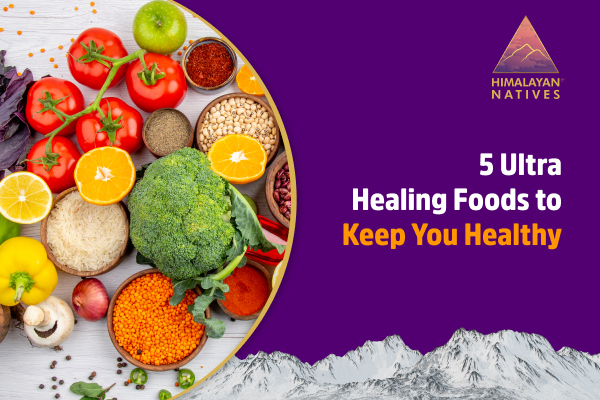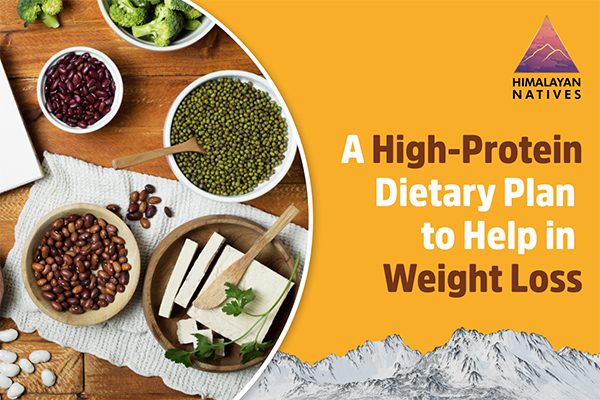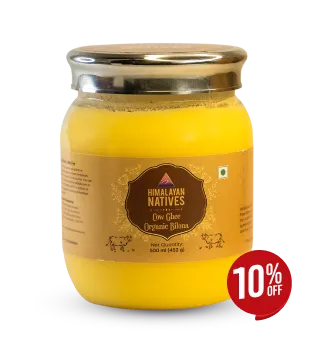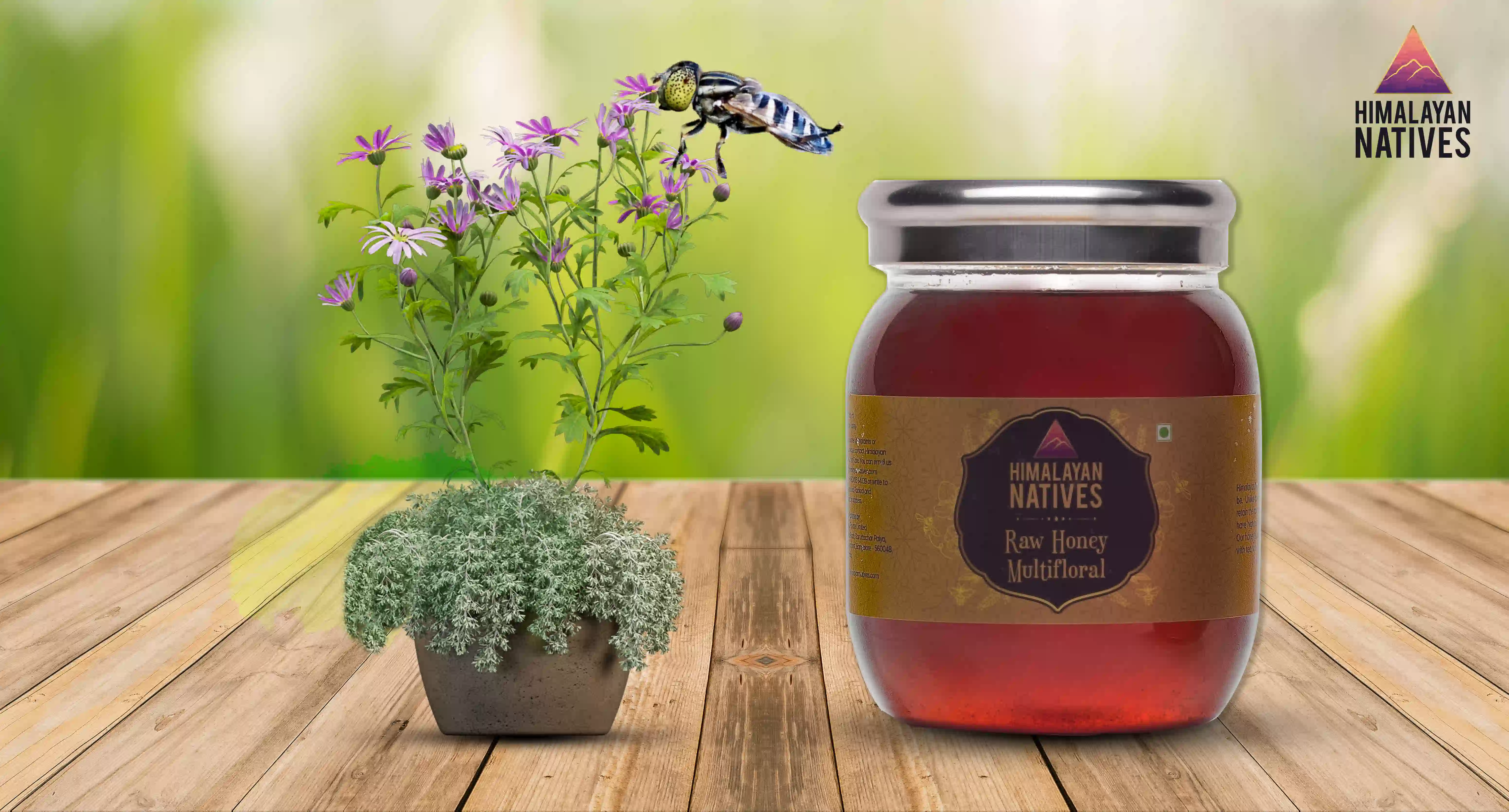
There is no denying that Raw Honey explodes with refreshing sweetness and the essence of nature, it cannot be replaced by any artificial flavour or substance. The production of natural honey is a process as unique as the honey itself. This blog will tell you more about the goodness of honey.
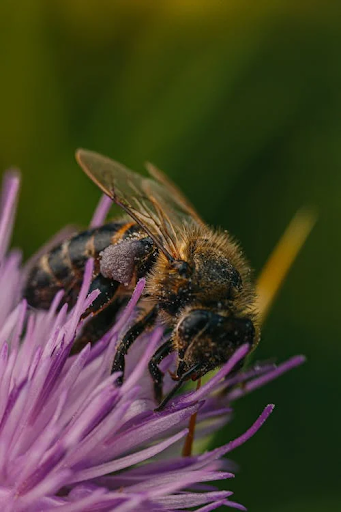
During prehistoric times, there were apiarists who started noticing how bees make honey. Now years later, we have devoted beekeepers with vast knowledge of how to get honey from beehives, satisfying the demand for natural sweeteners with pure quality Raw Honey.
It is composed of various natural substances like vitamins, minerals, glucose and fructose that are in a sort of perfect proportion which does not occur naturally in most other natural foods. Perhaps you want to provide the breakfast or dessert on your table with a sweetness more subtle and natural. Just like what raw multifloral honey offers and which is healthier for you. Learn more about how honey is naturally made and what it means to consume Raw Honey as a food item in this blog article! More importantly, know why you should be consuming this natural sweetener as opposed to more processed sugars.
What is Raw Honey?
Are you too tired of those highly processed, artificial sweeteners that seem to be in every other food or drink? Pure honey is a storehouse of valuable nutraceutical ingredients and is considered as a superfood. Humans have used it for centuries in different ways, but mainly as a sweetening agent in tea and food. Today, we all know honey as a natural sweetener.
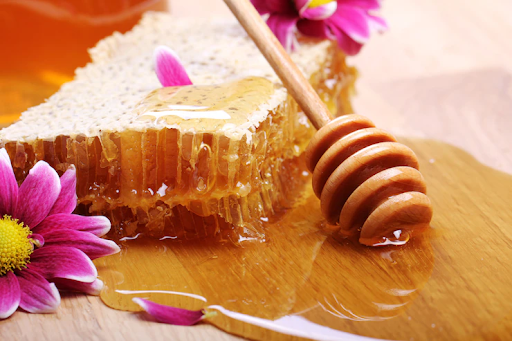
Now let's address the prime question of how it is produced by bees and naturally harvested by beekeepers which makes it a natural sweetener. How these tiny yellow insects make honey has been an intriguing question for over a hundred years now. A royal beekeeper once said to King Charles 2 that “A honey bee is an exquisite chemist”. With that said, have a look at the actual bee-making process further.
What is the process of making Raw Honey?
Raw Multifloral Honey is made when bees collect nectar from multiple types of flowers. This results in honey with a unique flavour profile that reflects the various flowers that were visited. Different types of honey are made depending on the nectar source. For example, clover honey comes from the nectar of clover flowers, while manuka honey is made using the nectar of manuka bushes. Multifloral honey is a blend of different flower nectars.
But why do bees actually make honey? It's pretty simple, for bees honey is a nutritious food source to get the energy for their flight muscles. Honey provides heat for the hive in winters and also honey presence in the hive keeps it disease-free. Now that we know the ability of bees to make one of nature's most delicious products. Let's look at how this natural world phenomenon actually occurs.
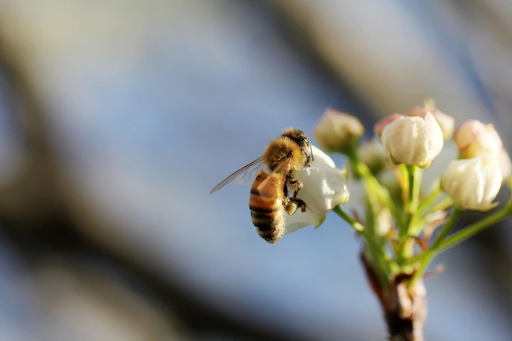
Bee & Flower: A Friendly Affair
- It all starts with a flower nectar, collected by honey bees. Flower glands found in various places of a flower release nectar, these places may vary depending on the species of the flower. Most likely found at the bottom of the flower, sepals or petals. The flower pollen sticks to the body of the bees while they dig deep down the flower collecting nectar. An amazing fact, bees visit only one flower species on a single trip and likely collect different pollens and nectars from different flowers. Doing this from flower to flower, cross-pollination happens as pollens are exchanged by bees accidentally.
- After getting the nectar from flowers, bees swallow them into their organ known as the “honey stomach”. The bees return to their hive once the honey stomach is full. While the nectar is in the honey stomach it mixes with enzymes changing its chemical composition and making it more long-lasting. After returning to the hive, the bees give these nectars to other hive worker bees already waiting to convert the nectar into Raw Honey.
Bee hive- The Raw Honey Yard
- This is where the Raw Honey is made, you must have seen honeycombs, right? Cute little hexagon-shaped boxes where the nectar turned into simple sugars are stored. Bees constantly fan their wings in this unique-shaped honeycomb, which causes evaporation eventually transforming the nectar into honey. This process takes some time because nectar is 80% water and honey is about 18% water. The bees then close the boxes with honey wax and seal them.
- The colour and flavour of honey totally depend on the kind of flower nectars the bees have collected. Another exciting fact is that there are more than 300 unique types of honey produced, each originating from a different floral source. Raw Multifloral Honey is something that is made of multiple flower nectars for the optimum nutritive value of the honey.
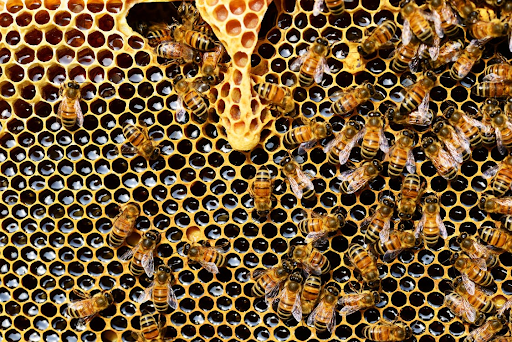
Extracting Multifloral Honey
- Lucky us, honey bees make more honey than their colony needs, so beekeepers necessarily take the extra multifloral honey. On average, a hive produces about 30 to 35 kilograms of surplus honey each year. Honey is harvested by beekeepers starting with removing the wax caps from the collected honeycombs. After caps removal, honeycombs are given a spin, so that the centrifuge force makes the honey come out. The gravity pulls the honey down at the bottom. This is done on multi-levels to extract as pure and Raw Honey as possible.
- Once the honey is extracted from the honeycomb, it is strained to remove left-out larger pieces of wax or pollen. The little pieces that make it through the straining process and are still present in the honey just add more flavour and nutrients to it.
- It is finally time to pour your Raw Honey into a crystal clear container and is ready to be on your healthy plate and diet. This is as natural and raw as any honey can get with no added sweetener or preservative, from bee to hive to your jar.
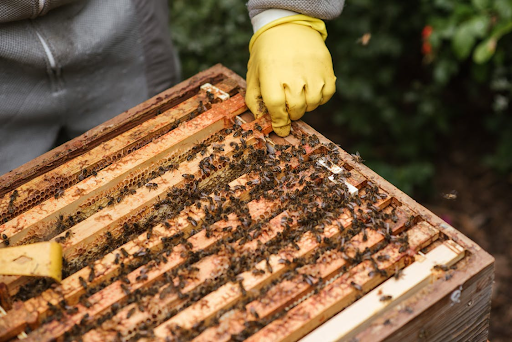
Why Raw Multifloral Honey Over Processed Honey?
Unprocessed honey is high in acid and low in moisture, which makes it almost impossible for bacteria and other harmful organisms to thrive. Surprisingly, honey processors pasteurise honey so that it will slow down the granulation process, to prevent crystallisation. But what happens is that pasteurisation steals Raw Honey benefits and pollen.
Here are some benefits of Raw Honey over processed ones:
- Raw Honey is not pasteurised; it has all vitamins, nutrients and enzymes intact.
- Possesses antiviral and antifungal properties to fight allergies.
- Has powerful antioxidants
- Might aid in steady blood pressure and balancing blood sugar levels.
- Supports better digestion if consumed appropriately.
- Helps make immunity stronger and boosts energy.
- Great skin agent, nourishes the skin.
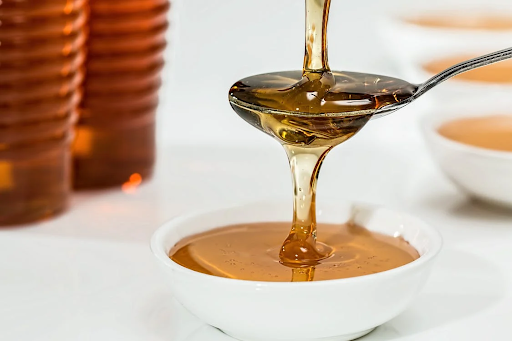
Be careful of fake honey which is made using artificial sugar solutions, glucose or even corn syrups. That is why it is highly recommended to buy your natural food grocery from a single trusted source just like Himalayan Natives, where every food product is naturally made and delivered to your doorstep straight from the Himalayas.
Summary: We all enjoy a sweet treat once in a while, and when that treat is coming from nature as a natural sweetener, it definitely sets our hearts a bit more at ease. This blog aims at helping you understand the natural way of obtaining honey, by keeping the bees happy and unharmed. Also to help you make a wise choice of opting for a natural sweetener from a trusted natural source. By taking into account your personal preferences and health needs, you can narrow down and choose the best honey for you. Additionally, natural honey offers a wide range of health benefits that can improve your overall well-being. So whether you’re looking for a delicious treat or a natural way to boost your health, consider adding honey to your diet and order your Raw Honey online now. And feel ensured that the jar of your Raw Roney is nothing more than pure and natural sweetness the way nature intended.
If you have made it this far and are interested in some honey beverages recipes, check out this blog: Thirst-Quenchers Made-with-Honey Beverages.
Also have a look at this fun Instagram post on honey bee pollen
 HELPFUL0 people found it helpful
HELPFUL0 people found it helpful
Related Blogs
Subscribe to Our Blogs
and never miss on the latest update!







